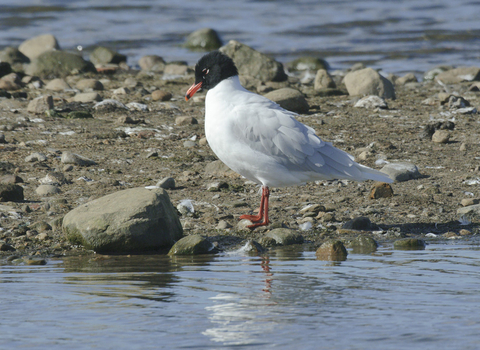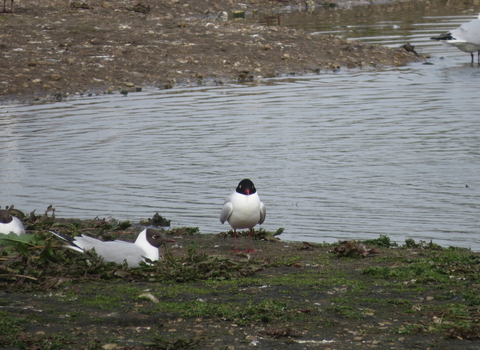Mediterranean gull
Once a rare visitor to the UK, this striking gull is now found nesting here in large colonies.
Enw gwyddonol
Larus melanocephalusPryd i'w gweld
All yearTop facts
Stats
Length: 37-40cmWingspan: 94-102cm
Increasingly common breeding bird. Classified in the UK as Amber under the Birds of Conservation Concern 5: the Red List for Birds (2021). Protected in the UK under the Wildlife and Countryside Act, 1981.
Habitats
Ynghylch
In the mid 20th century, the Mediterranean gull was considered a rare visitor to the UK. However, over the latter half of the century, sightings became increasingly common as Mediterranean gulls spread across Europe from their core range around the Black Sea. They first nested in the UK in 1968 and by 2017 the population was estimated at 1,200 pairs. They often nest amongst colonies of black-headed gulls on coastal wetlands.As the name suggests, the main wintering area for much of the European population is in the Mediterranean, but many birds will spend the winter in the UK. They can often be found at coastal sites, or joining large gull roosts on inland lakes and reservoirs.




